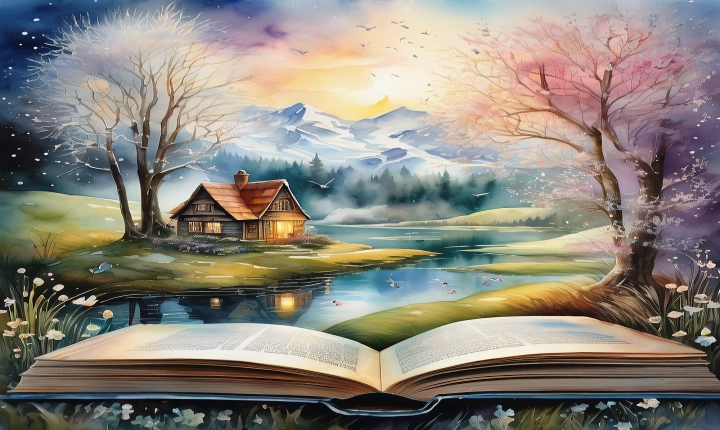Generating AI images has become a fascinating and innovative field of computer science and artificial intelligence. Through the process of machine learning and neural networks, AI systems can now create a wide range of images that mimic and sometimes surpass the creativity of human artists. So, how exactly do researchers and developers generate AI images? Let’s delve into the process.
One of the key methodologies for generating AI images is through the use of generative adversarial networks (GANs). GANs consist of two neural networks, the generator and the discriminator, that work in tandem to create and evaluate images. The generator produces images from random noise input, while the discriminator tries to distinguish between real and generated images. Through a process of learning and feedback, the generator adjusts its output to better fool the discriminator, leading to the generation of increasingly realistic images.
Another popular method for generating AI images is through variational autoencoders (VAEs). VAEs work by encoding input images into a lower-dimensional representation, also known as a “latent space”, and then decoding this representation back into an image. By sampling from the latent space and decoding the representations, VAEs can generate new and diverse images that resemble the input data.
Similarly, style transfer algorithms have gained popularity for generating AI images that combine the content of one image with the style of another. By separating the content and style of an image, these algorithms can create visually appealing and artistic images that merge different artistic styles and visual elements.
Furthermore, reinforcement learning and evolutionary algorithms are also used to generate AI images by optimizing images based on specific criteria or objectives. These methods can be particularly useful in creating images with specific characteristics, such as images that are optimized for certain visual features or properties.
In addition to the technical methodologies, the availability of vast amounts of data and computational power have also been instrumental in the advancement of AI image generation. Large-scale datasets, such as ImageNet, provide a wealth of diverse images that serve as training data for AI models. Meanwhile, the increasing computational capabilities of GPUs and TPUs enable researchers to train more complex and powerful models, ultimately leading to the generation of higher quality AI images.
The potential applications for AI-generated images are vast, ranging from art and creativity to practical uses in design, advertising, and entertainment. For instance, AI-generated images can be used to create realistic scenes and characters in video games and movies, or assist designers in generating visual concepts and prototypes.
Despite the impressive progress in AI image generation, there are still challenges and limitations that researchers continue to tackle. Issues such as image quality, diversity, and ethical considerations, including the potential misuse of AI-generated images, are actively being addressed and explored by the research community.
In conclusion, the generation of AI images is a multidisciplinary undertaking that combines expertise in machine learning, computer vision, and creative arts. Through the innovative use of GANs, VAEs, style transfer algorithms, and other techniques, AI systems are making significant strides in creating images that are not only realistic but also artistically compelling. As researchers continue to push the boundaries of AI image generation, it is apparent that the fusion of technology and creativity holds great potential for reshaping the way we perceive and create visual content.
